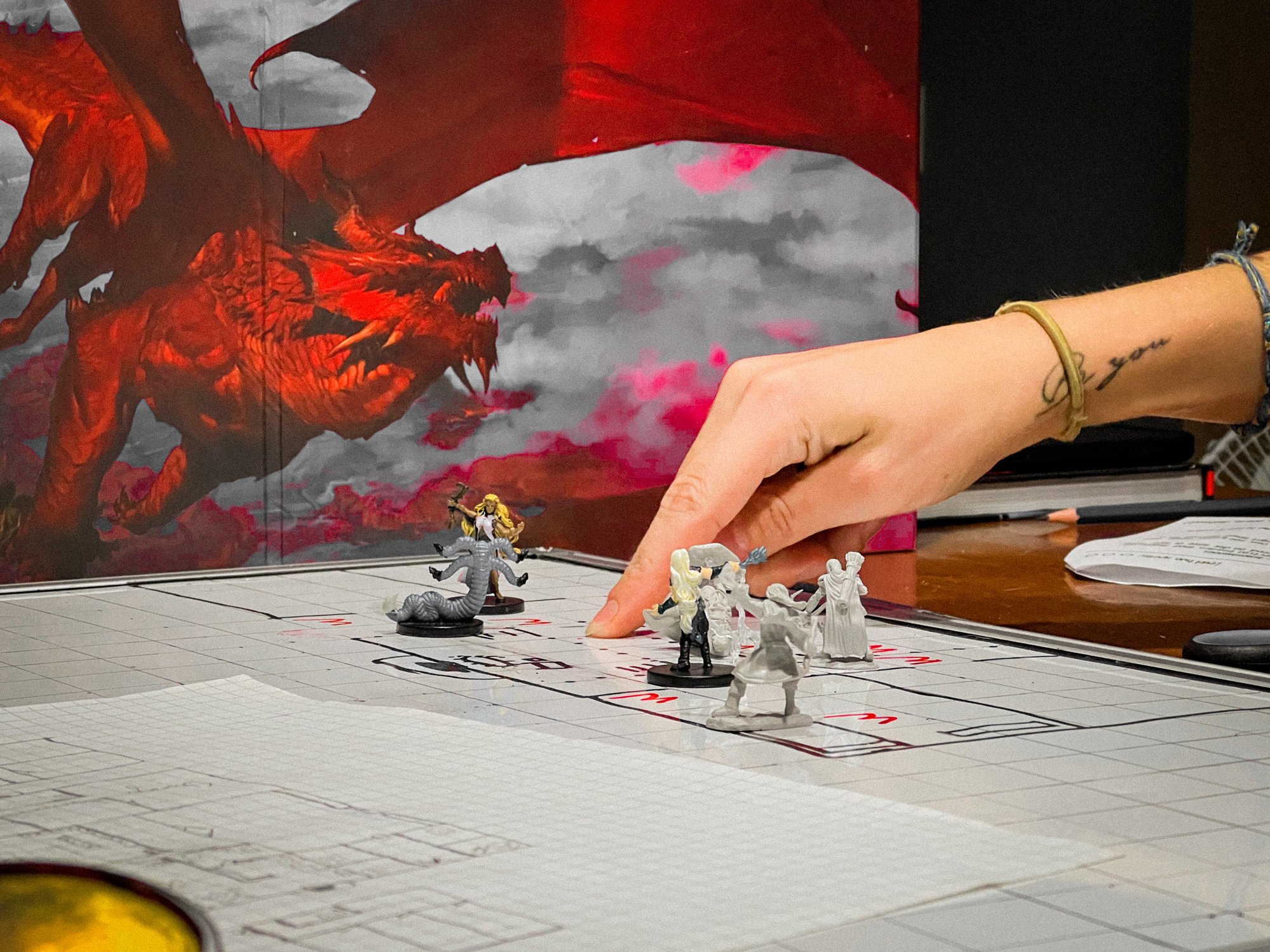Hasbro (HAS +1.72%) stock rose sharply after the company reported earnings last month, indicating that the demise of Toys R Us might not have been the harbinger of doom after all.
The toy maker posted revenue of $904 million, which beat Wall Street's estimates of $844 million, while profit of $63 million, or $0.48 per share, was comfortably ahead of analyst expectations of only $0.29 per share.
While that suggests Hasbro is finding a way to sell toys and make money outside of the "world's biggest toy store," it could also mean that Wall Street was a lot gloomier than was warranted. Revenue was still down 7% year over year, while per-share profit was nearly 10% lower. Toys R Us still casts a shadow; it's just not as long as once thought.

Image source: Getty Images.
The toy box is shrinking
Despite the global posturing of the now-defunct toy store's tagline, its stature on the world stage was greatly diminished at the end, particularly in the U.S., where it trailed far behind market leaders Walmart (WMT 0.70%) and Amazon.com (AMZN +0.65%), which together account for nearly half of all toy sales.
Toys R Us's 14% market share still provided $1.7 billion in sales, which was no small amount considering the outlet accounted for nearly 10% of Hasbro's sales (and of rival Mattel's, too).
Still, there are plenty of retailers that are using the bankruptcy and liquidation of Toys R Us to increase their own presence in the toy market. Walmart is expanding shelf space for toys this year; Amazon is printing up a holiday toy catalog; Party City is planning to open up dozens of pop-up stores for the holiday; and KB Toys and FAO Schwarz are mapping out their own respective resurrections.
Thinking the end of Toys R Us meant toy makers would see their growth prospects go up in smoke for years was probably not realistic. Hasbro's second-quarter earnings report shows it is still full of life.
Plenty of ways to grow
Hasbro itself has been saying as much all along. It originally said the first half of 2018 would look rather bleak, but the back half, particularly the all-important fourth quarter, would be considerably better. And that was primarily because of everyone stepping in to fill the vacuum.
As Hasbro CEO Brian Goldner said on the latest earnings conference call with analysts: "We don't expect to recapture all of the lost revenue in 2018, but by 2019, we should have moved beyond Toys R Us."
Still, investors need to keep an eye on Hasbro's weakening portfolio. Certainly some blame can be laid at the feet of the Toys R Us transition. But in addition, Hasbro's core franchise brands such as Transformers, Magic: The Gathering, Monopoly, and Nerf saw revenues fall 8% in the quarter, while its partner brands -- including all the Marvel and Disney characters -- tumbled 10% from last year. The best result it could show was its gaming portfolio climbing incrementally, as Dungeons & Dragons sees renewed life.
Wait for a sale
That's pretty much Hasbro in a microcosm: everything mostly down, but the palest of green shoots still visible.
Yet at over $100 a share, Hasbro's stock isn't cheap: It trades at 15 times trailing earnings and 19 times next year's estimates, while going for high multiples of its sales and book value.
Investors can be sure Hasbro won't crumble and die alongside Toys R Us, and that it can continue to do very well for itself. But buying shares at these levels might not be the best play to make.







